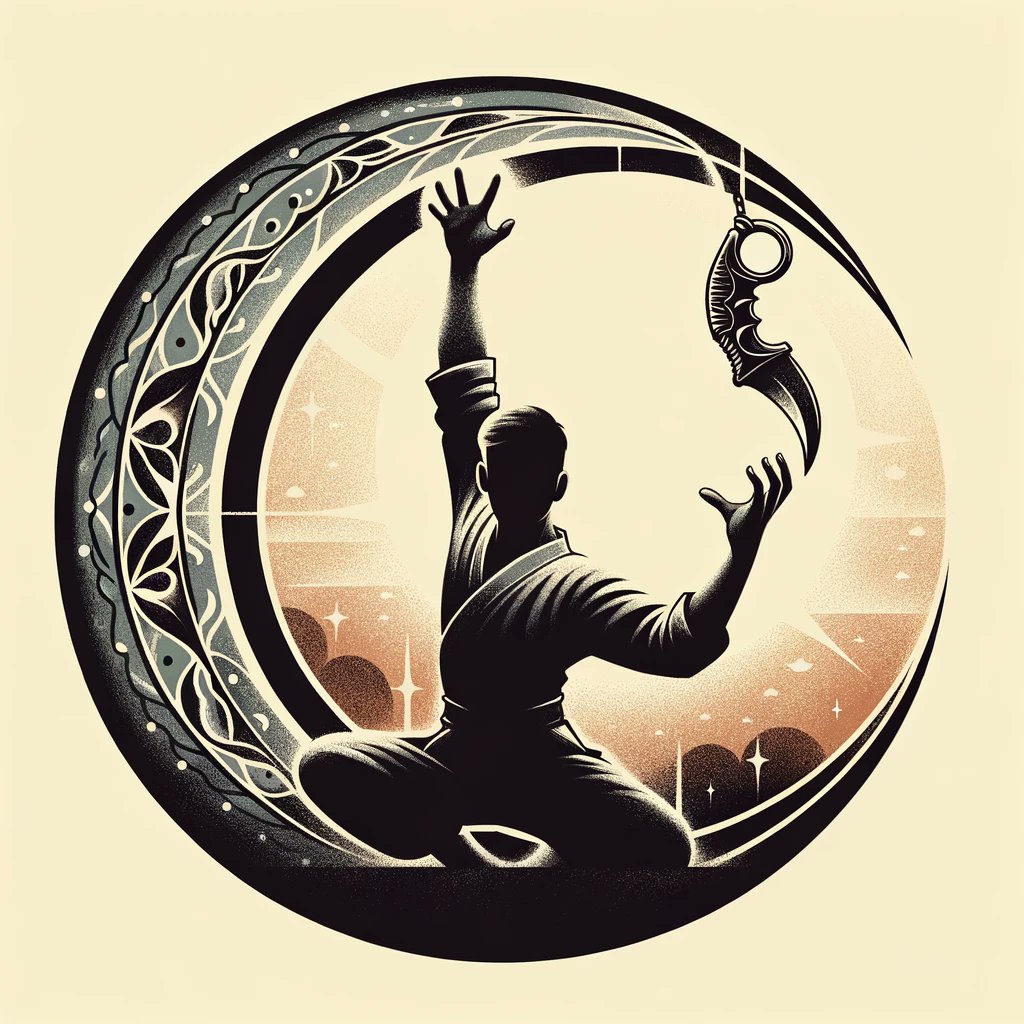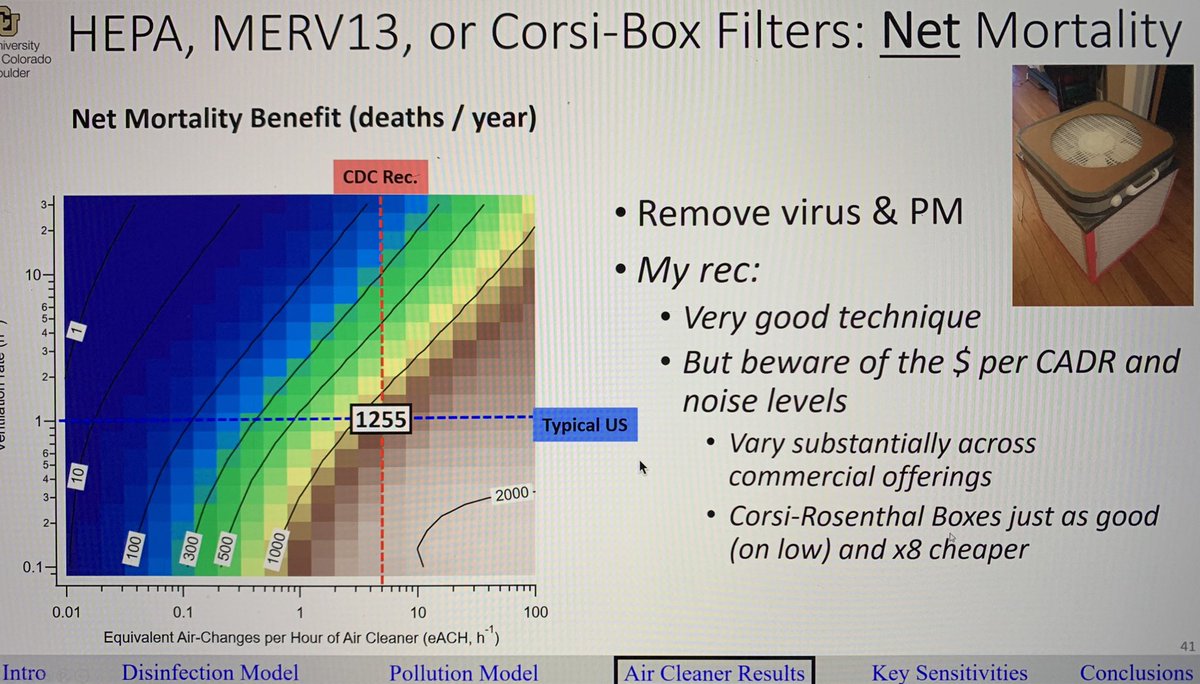
Research Director @EtcLab studying #Exercise #Technology #Cognition #Neuroscience | Husband | Dad | #MartialArtist | #PTRTennisPro




 11 subscribed
11 subscribed




 11 subscribed
11 subscribed
How to get URL link on X (Twitter) App





 11 subscribed
11 subscribed


 2/ Warm-Up: Begin with slow movements to prepare your body. Get ready to engage your mind and body in a dynamic way! #WarmUp #MindBodyPrep
2/ Warm-Up: Begin with slow movements to prepare your body. Get ready to engage your mind and body in a dynamic way! #WarmUp #MindBodyPrep

 sciencedirect.com/science/articl…
sciencedirect.com/science/articl…
https://twitter.com/meetjess/status/1642708339057410048
https://twitter.com/catladyactivist/status/1713199605226119661People want evidence, so I’ll be posting evidence all day.
https://twitter.com/ejustin46/status/1709063848630669697The virus accelerates our aging, disrupting internal clocks. Telomeres, biological markers of aging, shorten with chronic illness and correspond with reduced lifespan.



 Also one should keep in mind that while most activated carbon filters have good underlying technology, the quality of most of these filters on the market are too weak or insufficient for a given space (check grams or may need kilograms in some cases).
Also one should keep in mind that while most activated carbon filters have good underlying technology, the quality of most of these filters on the market are too weak or insufficient for a given space (check grams or may need kilograms in some cases).